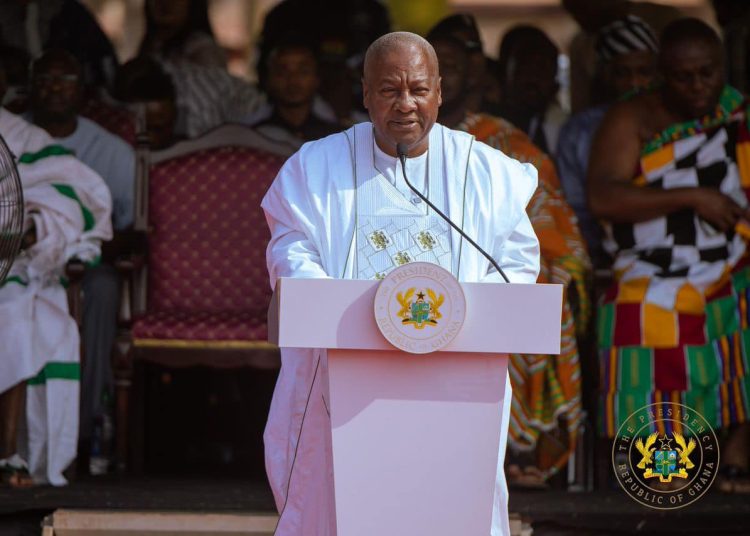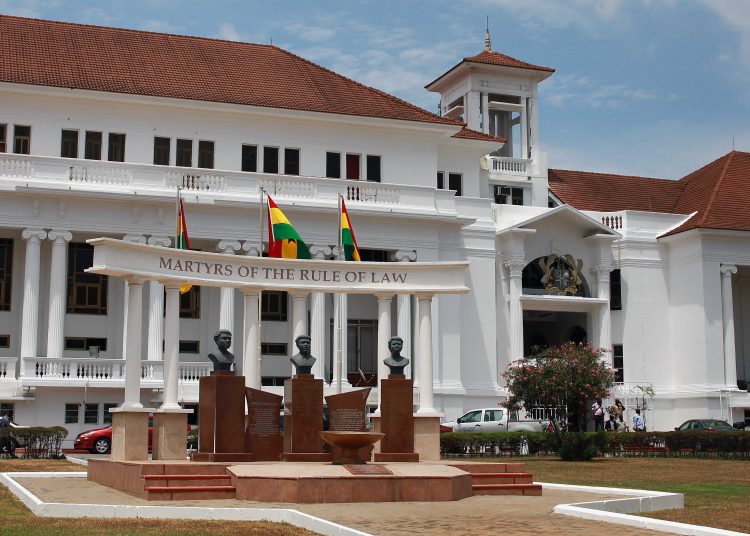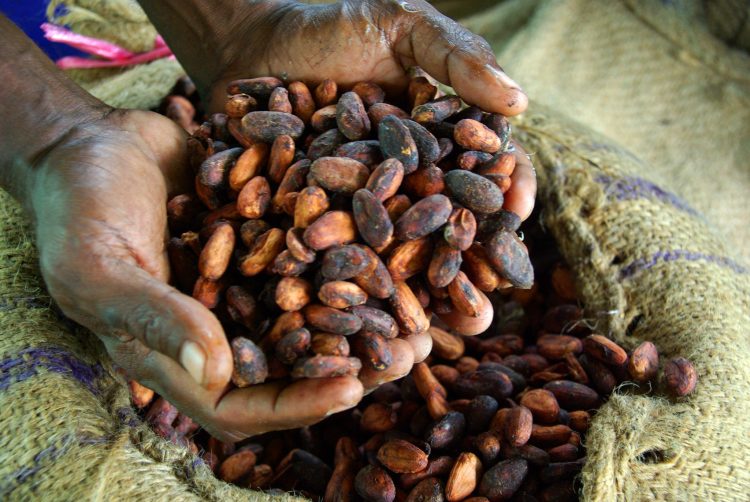
International football leaders were told by FIFA on Monday that a switch to a biennial World Cup would create an extra $4.4 billion in revenues for the world body.
FIFA is holding a ‘global summit’ of leaders of national football federations to discuss their proposal to increase the frequency of the World Cup from every four years to every two.
The financial data forms part of an overall feasibility study which FIFA is presenting on Monday. No vote is planned from the event which forms part of FIFA’s consultation process.
The upbeat reports are in marked contrast to analysis put forward by critics of the proposals.
There has been opposition from European clubs, the top leagues and European governing body UEFA whose president Aleksander Ceferin has threatened to boycott any additional tournament.
Last month, a report commissioned by the World Leagues Forum said the FIFA proposal, allied with changes to the Club World Cup could cost the big domestic soccer leagues and UEFA around 8 billion euros ($9 billion) per season in lost TV rights and match day and commercial agreements.
UEFA, on Friday, published a report they had commissioned from consultancy firm Oliver & Ohlbaum which warned that said the changes to the international calendar would impact see revenues for European national federations drop between 2.5 and 3 billion euros ($3.38 billion) over a four year cycle.
The delegates to Monday’s summit were told that a report by Italian company Open Economics had found that domestic leagues and UEFA competitions do not have their revenues hurt by national team and international club competition.
The report, some of which has been seen by Reuters, said that revenue of national leagues had increased in years when a major international tournament was held.
Professor Pasquale Lucio Scandizzo, of OpenEconomics told the delegates that the plan “promises significant and positive net macroeconomic benefits, distributed over time and space”.
A report from Nielsen predicted that the plan would see revenues rise from an expected $7 billion – for a 48 tournament – to $11.4 billion over a four year cycle thanks to increased ticket receipts and media rights and sponsorship revenues.
FIFA officials told the delegates that $3.5 billion of the extra revenue would go to a new ‘Member Association Solidarity Fund’ with each national federation allocated around $16 million in a four year period, while extra funds would also be given to the FIFA Forward Program for development projects.
FIFA said that the funds would help reduce the gap in revenues between the developed and less developed football markets.
Any vote on the plans would likely involve all the 211 national associations.
Along with UEFA, South American confederation CONMEBOL has opposed the proposal.
Earlier this month, Victor Montagliani, president of North and Central American and Caribbean confederation CONCACAF, told Reuters that a compromise solution could be for an additional tournament to be a revamped version of the old Confederations Cup rather than a full World Cup with a separate qualifying process.
REUTERS






















































![[FREE FREE MONEY] Predict and Win a Guaranteed GH¢200 From Us EVERY WEEK](https://wordpress.ghanatalksradio.com/wp-content/uploads/2022/02/Predict-and-Win-Final-09-03-2021-218x150.jpg)
![[Predict & Win – 8th/Oct.] WIN A Guaranteed ¢200 From Us This Week](https://wordpress.ghanatalksradio.com/wp-content/uploads/2021/10/maxresdefault-16-218x150.jpg)
![[Predict & Win – 2nd] WIN A Guaranteed ¢200 From Us This Week](https://wordpress.ghanatalksradio.com/wp-content/uploads/2021/09/maxresdefault-50-218x150.jpg)
![[Predict & Win – 25th] WIN A Guaranteed ¢200 From Us This Week](https://wordpress.ghanatalksradio.com/wp-content/uploads/2021/09/maxresdefault-36-218x150.jpg)
![[Predict & Win – 18th] WIN A Guaranteed ¢200 From Us This Week](https://wordpress.ghanatalksradio.com/wp-content/uploads/2021/09/maxresdefault-23-218x150.jpg)







![[National cathedral] See full list of churches that have contributed since 2018](https://wordpress.ghanatalksradio.com/wp-content/uploads/2020/09/Ghana-National-Cathedral-GhanaTalksRadio-100x70.jpg)



![[Watch] Heavy heartbreak for England in a crushing Euro 2020 final defeat to Italy](https://wordpress.ghanatalksradio.com/wp-content/uploads/2021/07/skysports-italy-win-euro-2020_5444468-100x70.jpg)